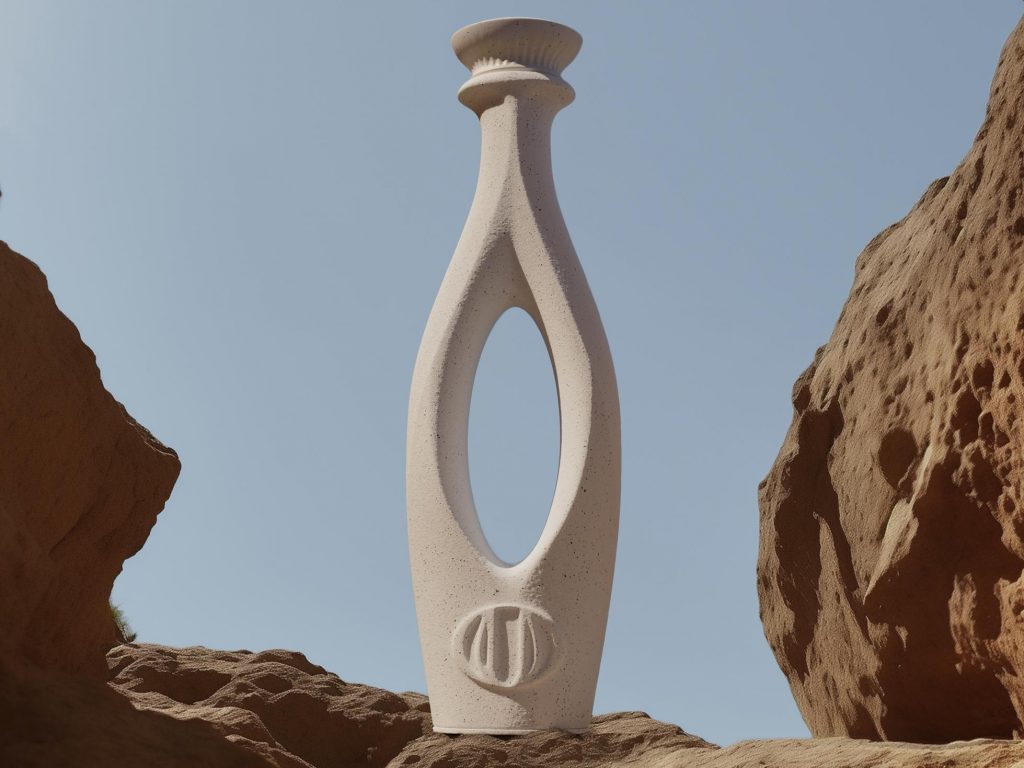OLUJO, a new independent tequila brand, has arrived in a category that spent the past five years marching steadily upscale. With a suggested retail price of $500 for its inaugural añejo, the release joins a growing field of ultra-high-end expressions competing on craftsmanship, scarcity, and design.
The market context supports OLUJO’s ambition, even if comprehensive counts of new U.S. tequilas launching in the ultra-premium bracket remain hard to find. Brands such like Clase Azul, Mandala, and Purísima have helped normalize the $250–$500 price band. Purísima in particular even opted against traditional distribution, instead asking customers to apply online.
Against that backdrop, a $500 flagship añejo no longer sits entirely outside consumer expectations—especially in New York and Miami, the markets it targeted for launch this June. However, it still has to justify its placement when there are lower-priced legacy brands offering heritage production techniques, extra aging or extremely rare cask finishes.
An Anti-Celebrity Celebrity Tequila?
The founders, Larsa Pippen, Oliver Camilo and entrepreneur Adam Weitsman, position OLUJO as a corrective to the current celebrity-driven landscape: an ultra-premium tequila built around process, provenance, and restraint rather than spectacle. That’s quite a twist, given that Pippen herself is the ex-wife of NBA great Scottie Pippen and a former cast member on The Real Housewives of Miami.
Still, it’s hard to even find mention of that on the brand’s website. It’s a noteworthy attempt to underplay an aspect that others might instead try to leverage.
Instead, the brand’s release notes focus on production details: 100% Blue Weber agave grown in Los Altos, Jalisco, slow-cooked in stainless-steel autoclaves (pressurized ovens), fermented in stainless tanks, and double-distilled in copper pot stills.
Some of these are middle-of-the-road choices, given that an autoclave is a more advanced process than traditional brick-oven methods. On the other hand, the company says they don’t use a diffuser—an industrialized process that shreds the raw agave with high-pressure water, which many purists say sacrifices some complexity of agave flavor to increase usable materiel.
Production is based at Fabrica de Tequilas Finos, owned by Amber Beverage Group, which handles tequila production for a number of brands, including one owned by one of the Jonas Brothers.
Master Blender Alex Garcia describes the house ethos in a statement as “a relentless pursuit of perfection, balanced by the discipline to do less, but better,” a line that tracks closely with the broader ultra-premium trend.
It’s All In the Bottle
OLUJO’s vessel is engineered to do some heavy-lifting. The unique ceramic was designed by sculptor Ivan Venkov and produced by Anfora, a century-old house in Hidalgo. It certainly makes an impression out of the box.
With a pleasant tactile finish and unusual sculptural silhouette, it does genuinely look more like an art object rather than a tequila bottle. That is a bit of a double-edged sword in one regard: the lip makes it somewhat difficult to pour. Still, it could sit comfortable on a shelf next to another ceramic vase, and few would know the difference.
From a taste perspective, the tequila is very pleasant, first and foremost. The palate isn’t overly complex, but instead makes a decided effort to be welcoming. The color is lovely, and the nose is also warm but not overwhelming. OLUJO’s production, artisanal bottle, and the juice itself place it firmly within the contemporary definition of modern luxury tequila.
Ultimately, the brand’s success will hinge on its ability to convert its $500 promise into repeat demand. The bottle is downright interesting, but it’s hard to imagine that too many customers will want to start a collection. If they do come back, it’ll have to be for liquid inside.

